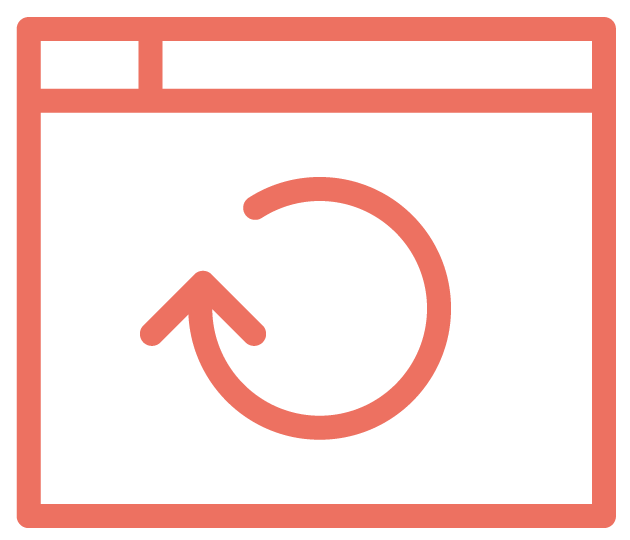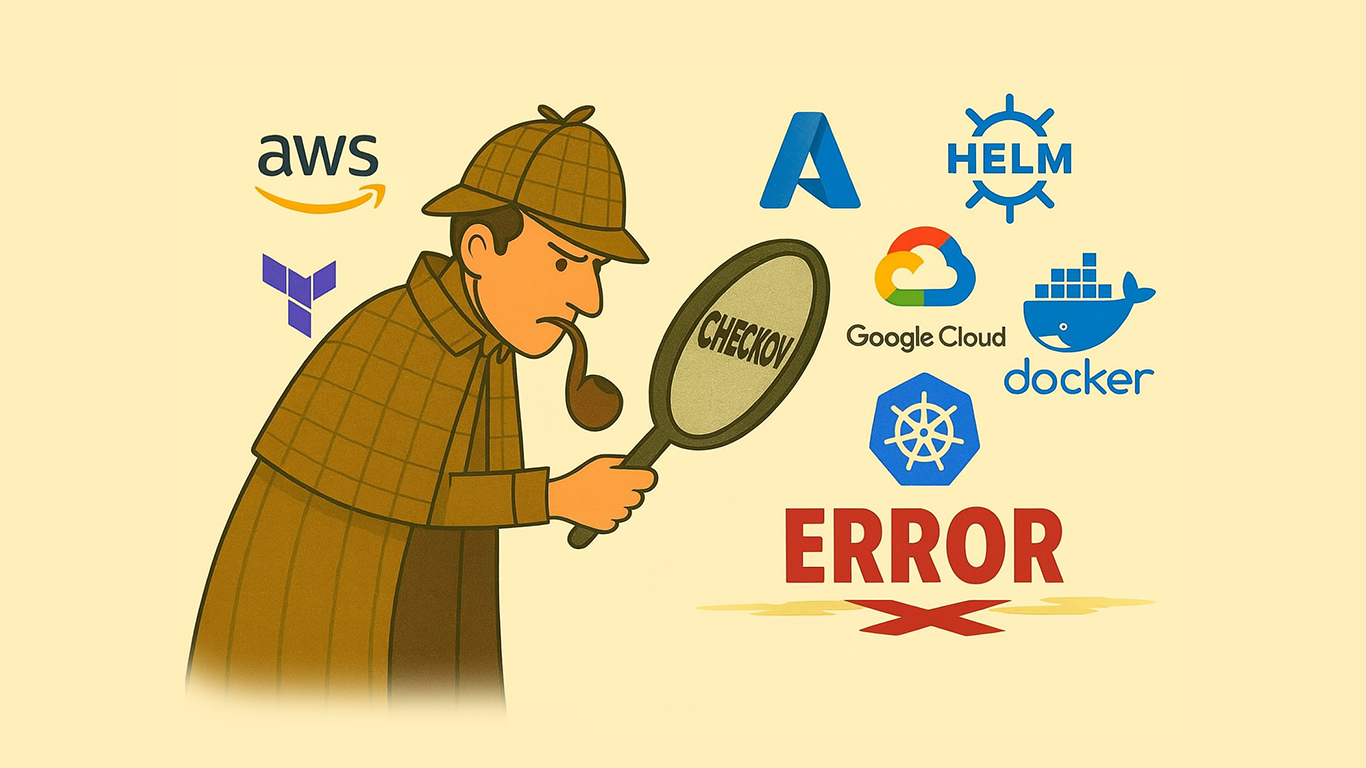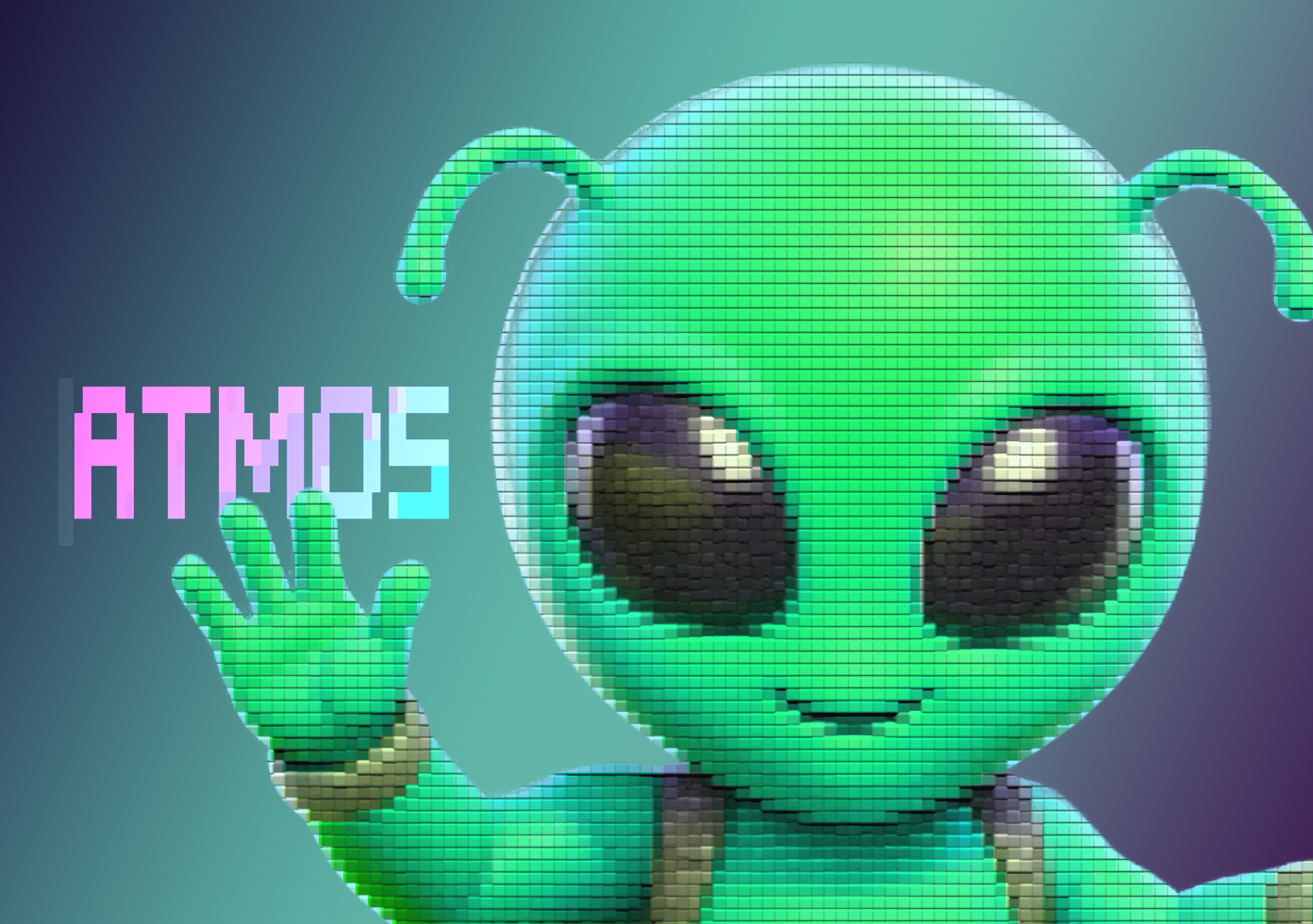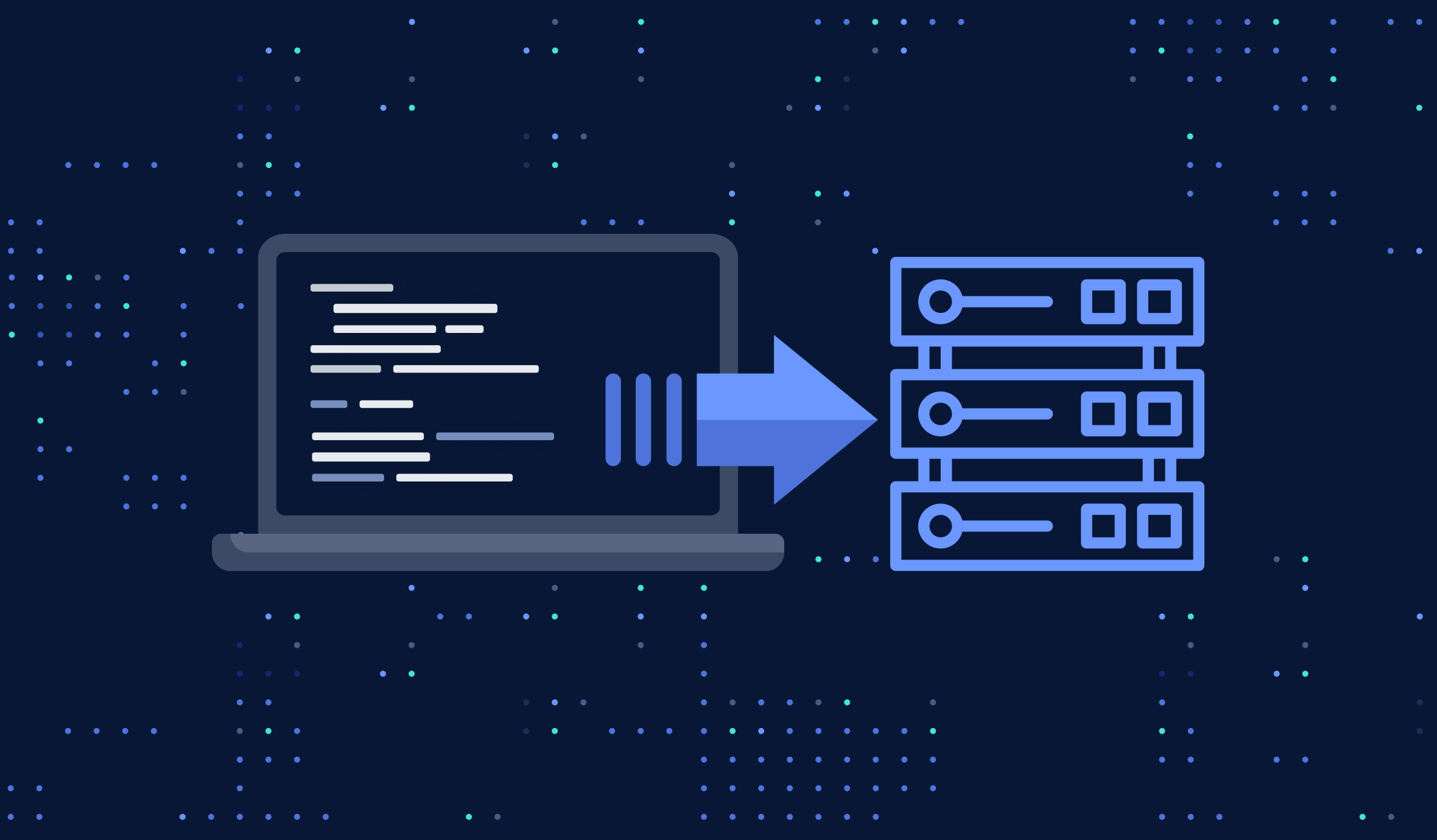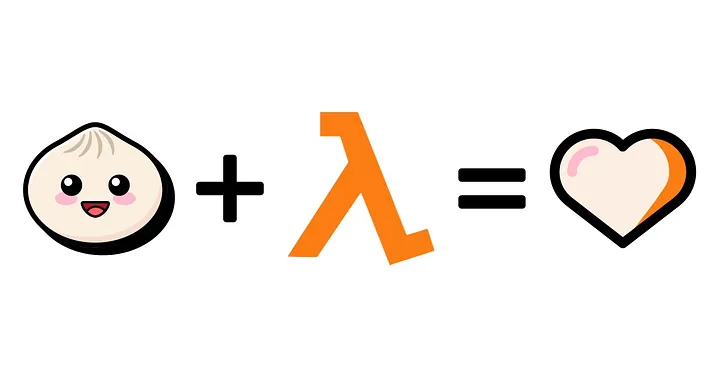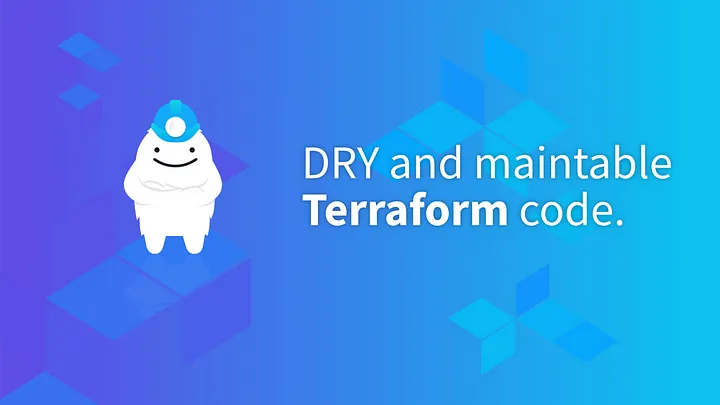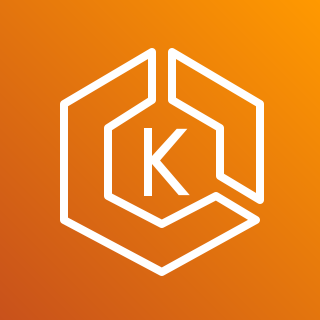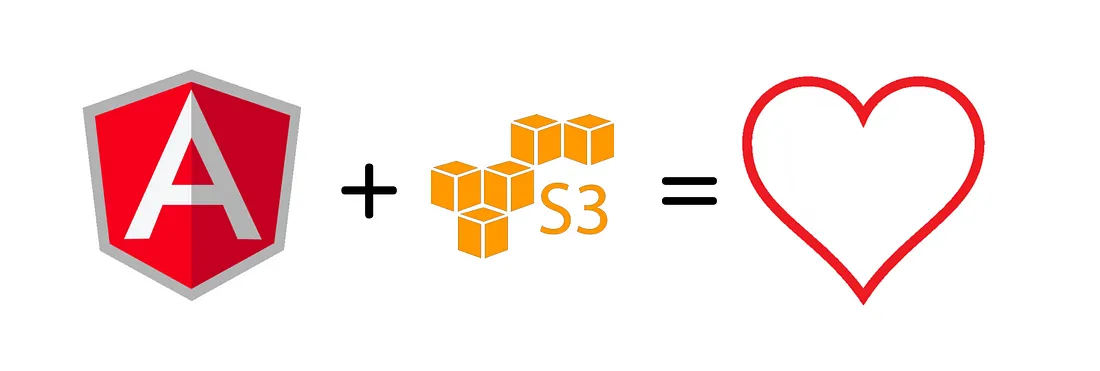

CI/CD Automation
CI/CD Automation

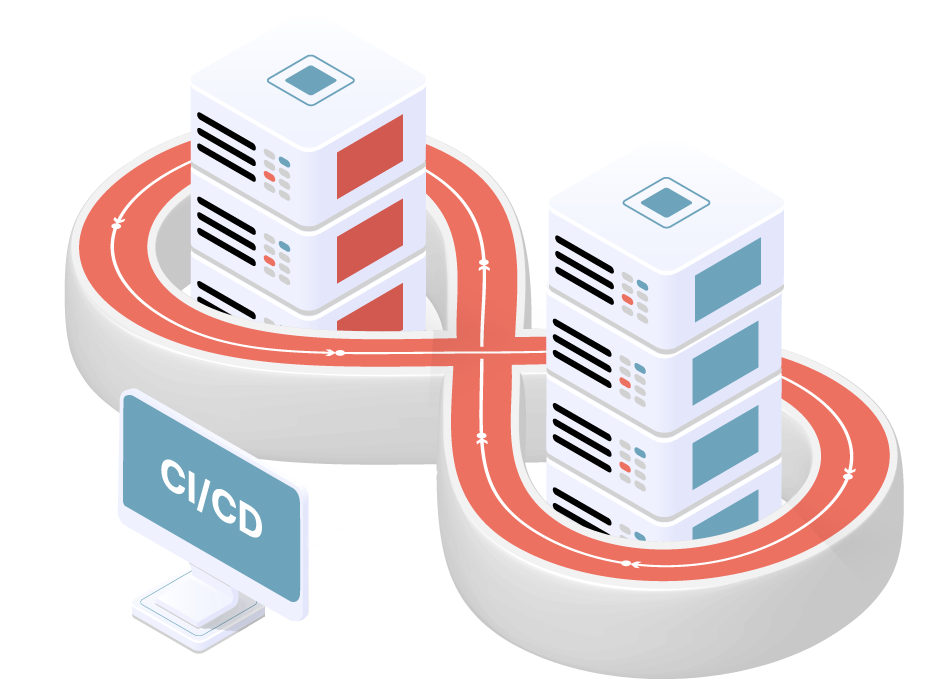
Revolutionize software development at your company with lightning-fast and secure software releases.
Efficient and secure deployment of custom applications is key to your company’s business success. However, this is often a slow and cumbersome process, possibly even at your company. Missing deadlines can frustrate your customers and put you behind in the market.
Comprehensive CI/CD Services
We offer comprehensive Continuous Integration and Continuous Delivery (CI/CD) automation services for your software teams to help bring your products to market faster and more securely. Our experts design and implement every step of the CI/CD pipeline – from build automation to testing and deployment – so you can focus on innovation and quality.


Our clients we are proud of
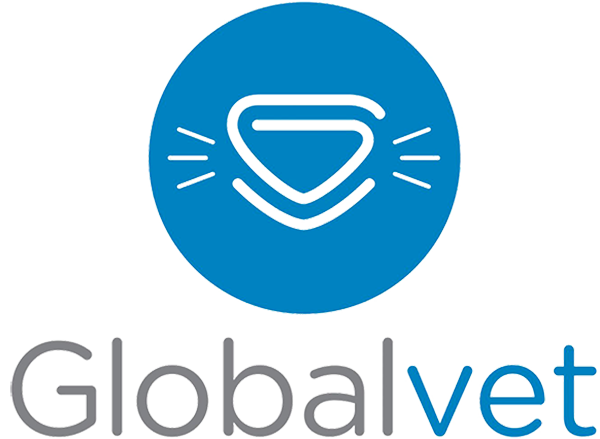



Why CI/CD and Semantic Release?
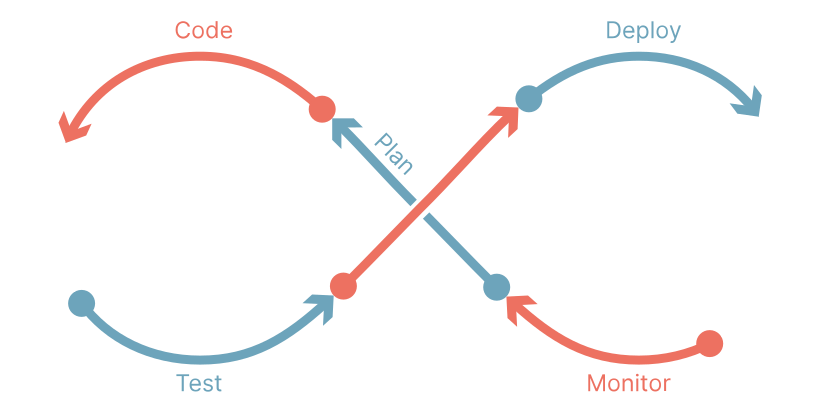
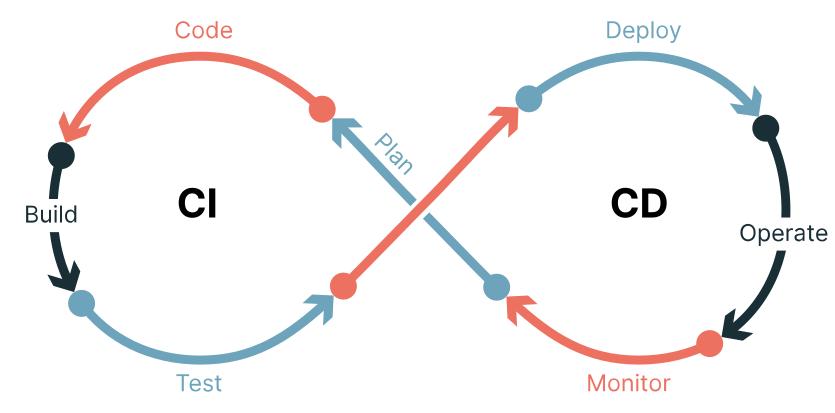
Continuous Integration and Continuous Delivery (CI/CD) cycle
The CI/CD methodology is the foundation of modern software development, enabling the integration and release of new or modified code on a daily basis. CI/CD simplifies and automates the process of moving code from development to production, reducing manual errors and shortening time to market.
Semantic Release
Semantic release, a key component of our solution, automates versioning and release note generation, making your software deployment even smoother and more transparent. For teams looking to improve their processes, we also provide guidance and best practices that act as a CI/CD tutorial, helping your developers understand how to build and maintain an effective pipeline.
Our CI/CD Services


How It Works?
We map and automate this entire flow to minimize risks and accelerate delivery.
build
test
create artifact
deploy
CI/CD pipeline
Why Code Factory`s CI/CD service?
Our highly skilled, certified engineers have years of hands-on experience in designing and implementing cloud-based solutions. We continuously research the latest cloud technologies to deliver the most innovative and sustainable solutions.


Frequently asked questions
Our latest articles
Stay up-to-date with the best practices in using AWS and DevOps technologies.
Do you have any questions ?
We help you navigate the maze of CI/CD practices.
Contact us - let`s innovate together.

